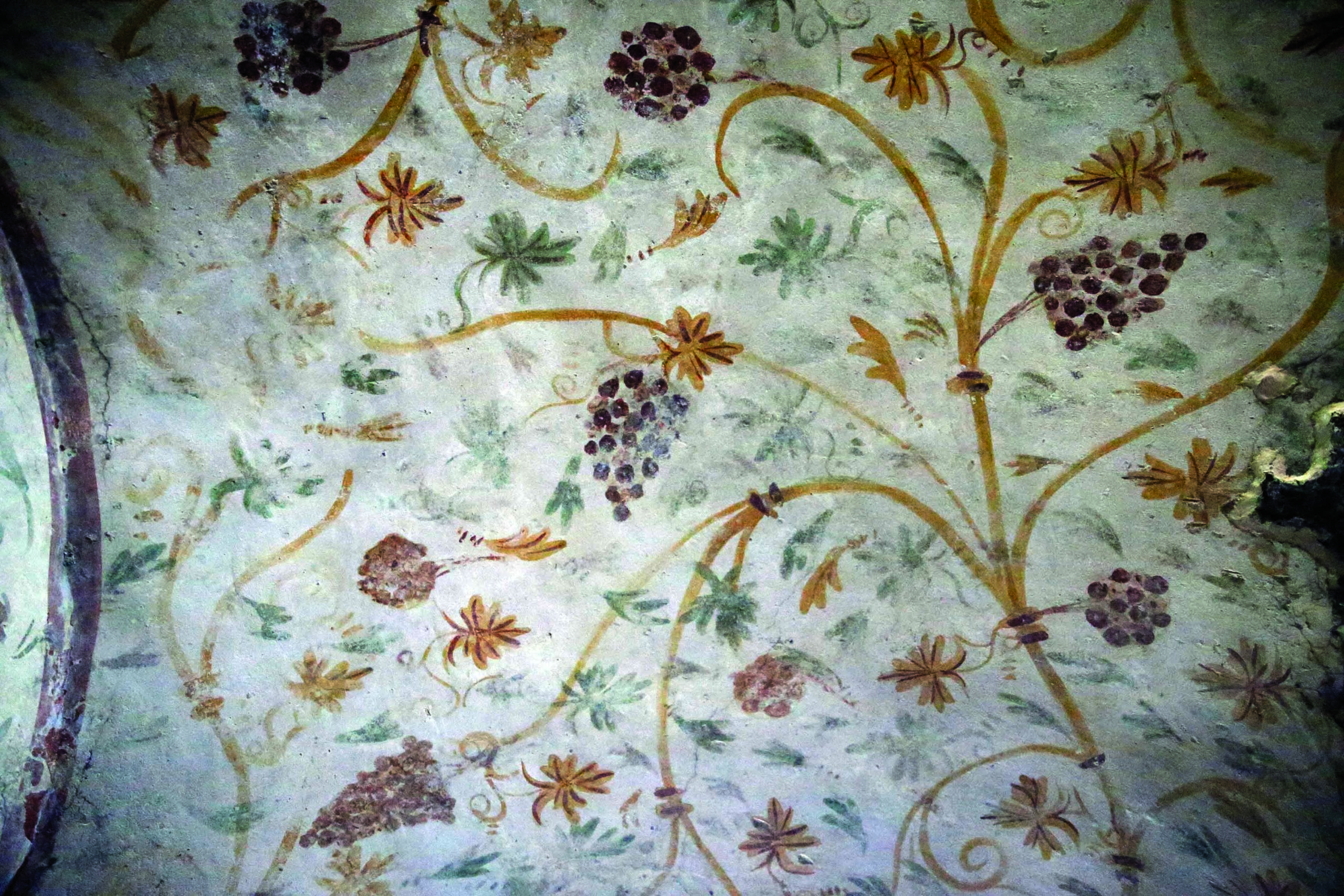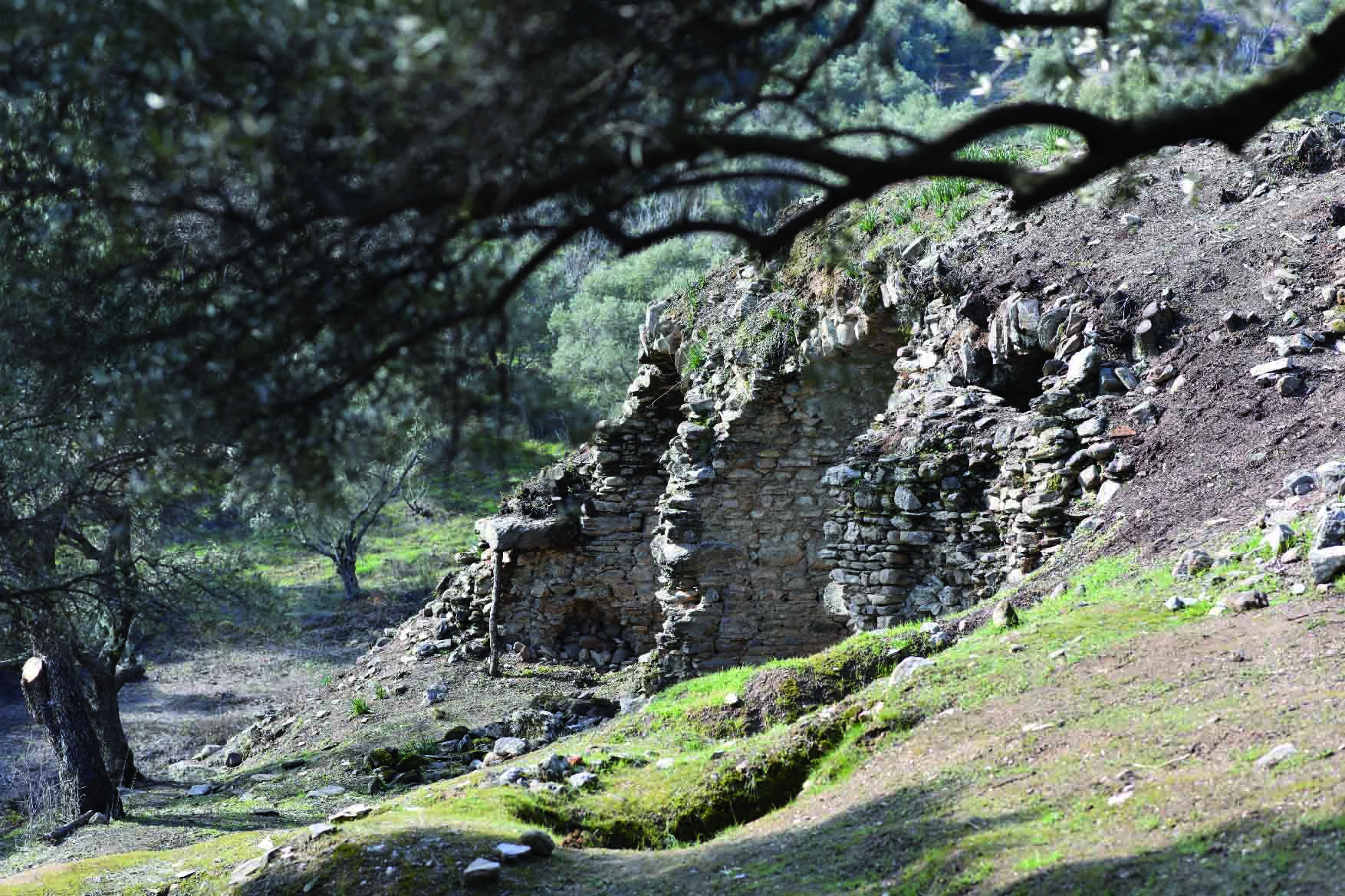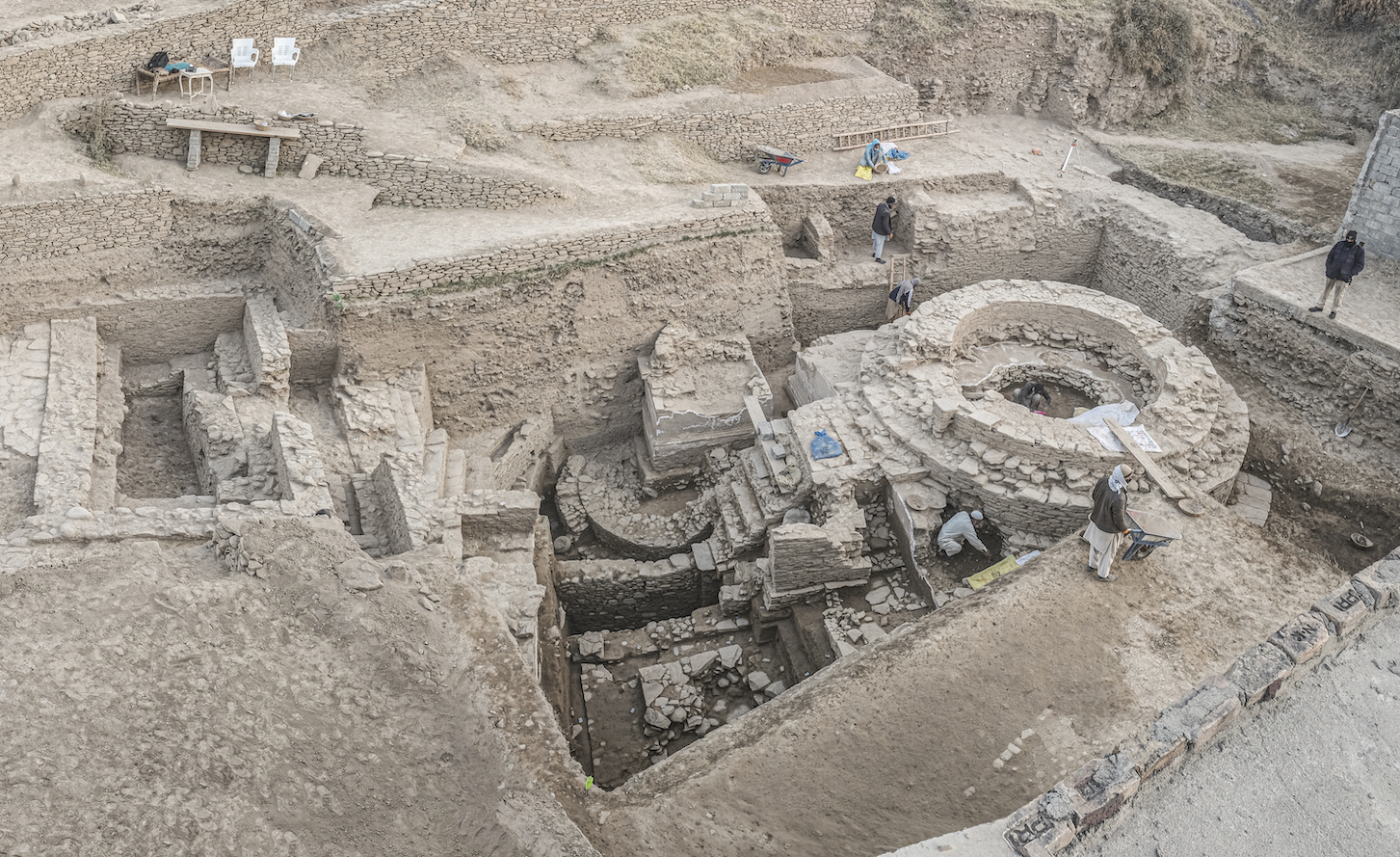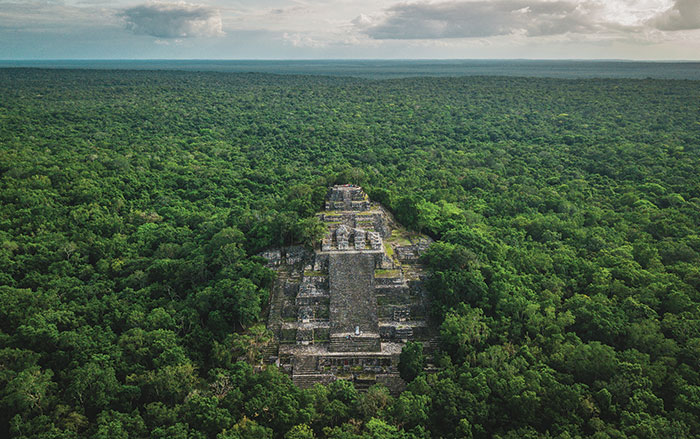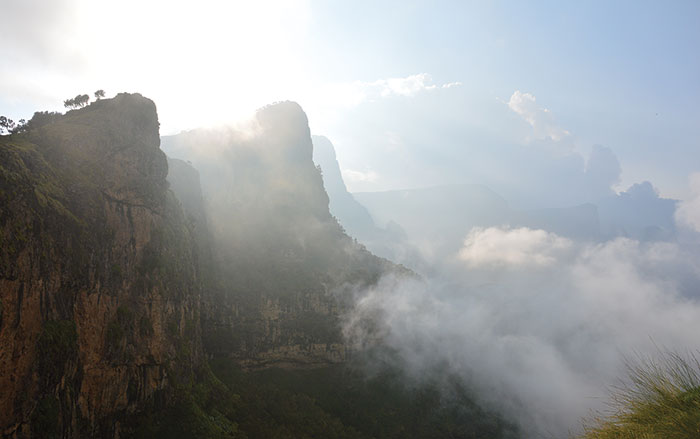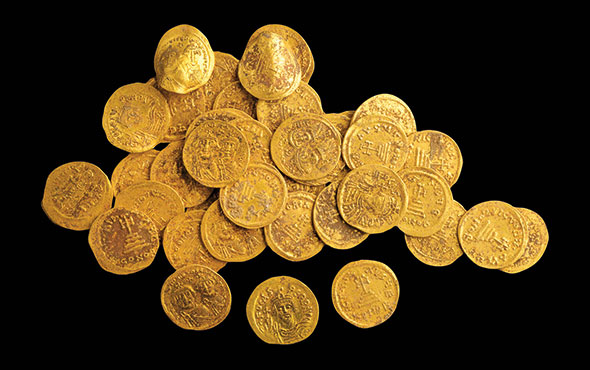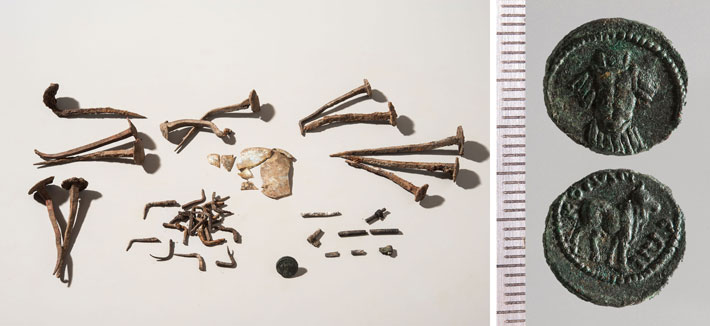
LEUVEN, BELGIUM—According to a Live Science report, a tomb situated on the outskirts of the ancient town of Sagalassos in southwestern Turkey had been sealed with three methods that may have been intended to shield the living from the “restless dead,” or perhaps protect the deceased. Typically, cremated remains were gathered from a funeral pyre and placed in an urn for burial in a grave or placement in a mausoleum. Johan Claeys of KU Leuven said that 41 bent and twisted nails had been scattered around the edges of this cremation pyre, which has been dated to between A.D. 100 and 150. Then, 24 bricks had been placed over the smoldering pyre, and a layer of lime plaster had been placed over the bricks. Fragments of a woven basket, remains of food, a coin, and ceramic and glass vessels were also found in the burial. “It seems clear that the deceased was buried with all appropriate aplomb,” Claeys said. He explained that each of these practices has been observed in Roman-era cemeteries, but this is the first time a combination of the three has been found in one tomb. The odd burial may have been intended to counteract an unusual or unnatural death, Claeys suggested. Read the original scholarly article about this research in Antiquity. To read about 400 Roman-period burials at Turkey's Blaundos necropolis, go to "Canyon of the Ancestors."


